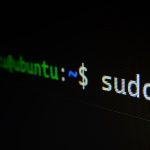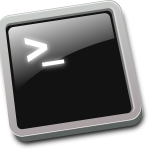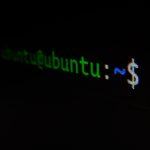How to Find Files Owned by Users(s) in Linux
The find command in Linux/Unix is extremely powerful and can take some time to learn all of its uses. In previous articles, we have explained how to it to find files greater than or less than a certain size, find number of files in a folder, and finding the largest files on your computer. This article … Read more










